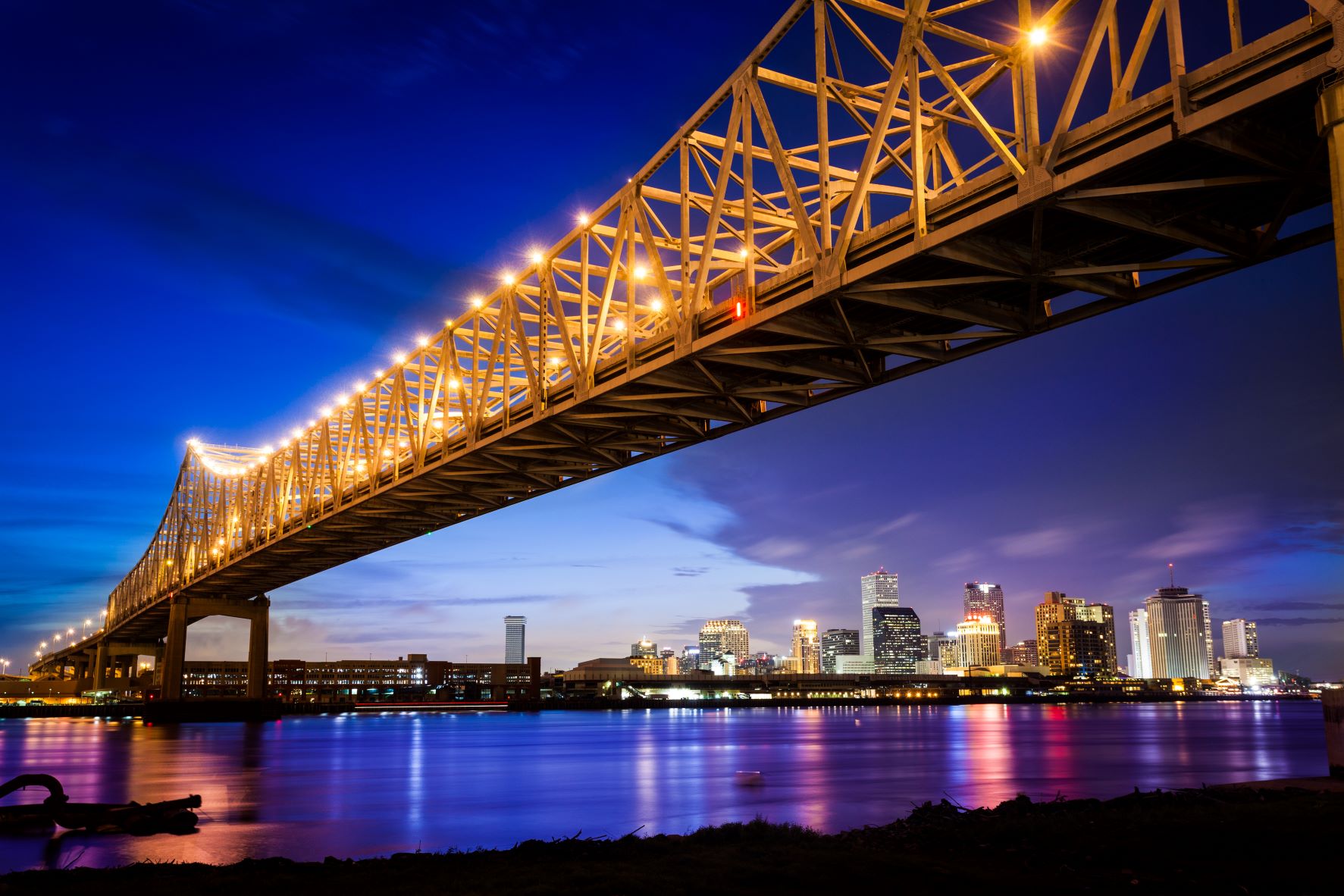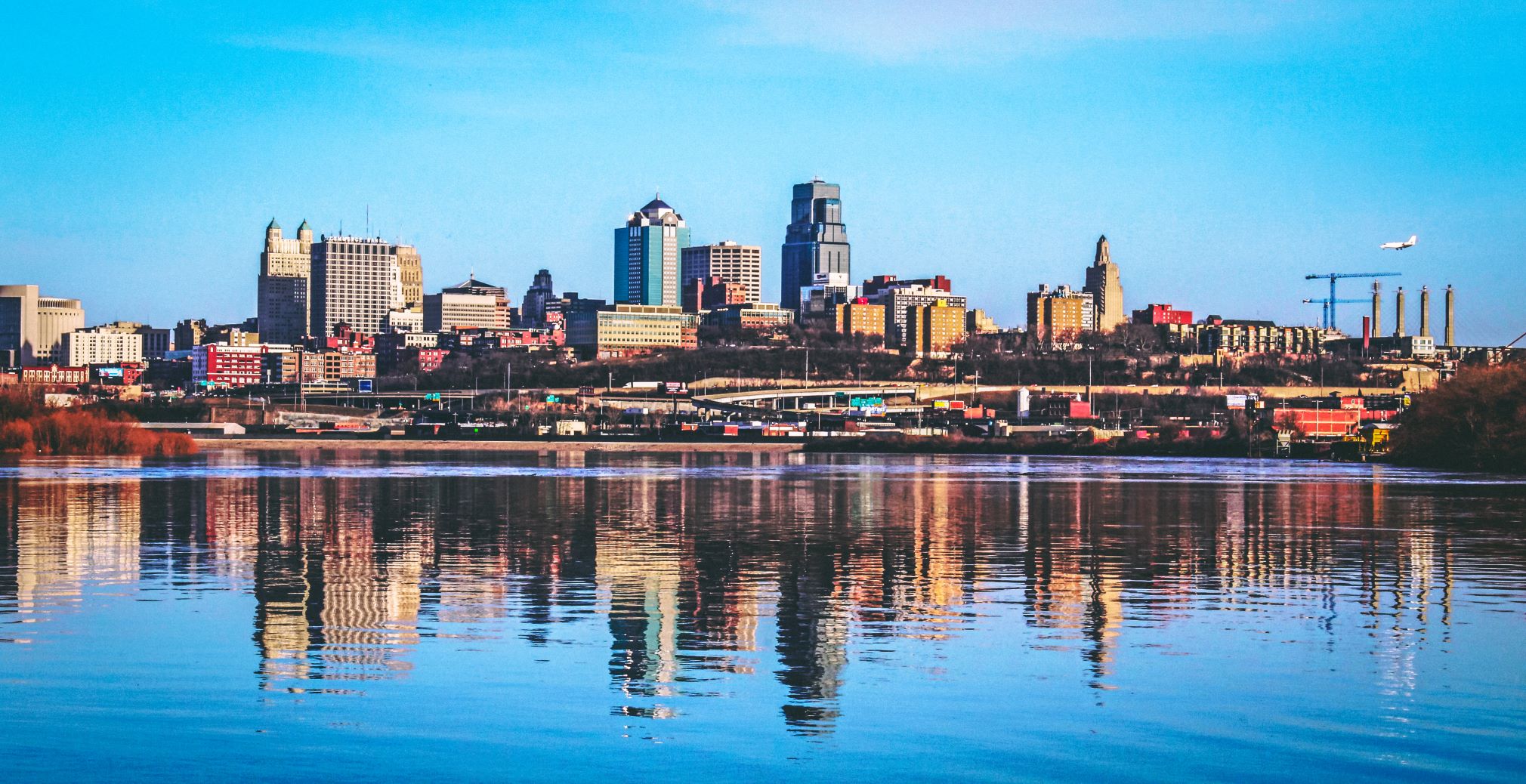New Orleans, LA
Having access to clean water is vital for health and well-being. Increasingly, local governments are exploring sustainable infrastructure to manage water sources that impact their communities. The New Orleans East Landbridge separates Lake Pontchartrain from Lake Borgne and the Gulf of Mexico. The landbridge, deemed a “Critical Landscape Feature” by the U.S. Army Corps of Engineers, reduces storm surge and provides storm protection for over 1.5 million people who live around Lake Pontchartrain and Lake Maurepas, including the cities of New Orleans, Baton Rouge, Metairie, LaPlace, Mandeville and Slidell. In addition to storm protection, the landbridge provides important wetland and estuarine functions, including tidal flow control between the Gulf of Mexico and Lake Pontchartrain. Unfortunately, canal dredging, levees, wave exposure, subsidence and sea level rise have caused erosion and recession of the shoreline and have significantly degraded vital marsh habitat.
To address this situation the Louisiana Coastal Master Plan has introduced an ambitious, large-scale marsh creation project with an approximate budget of US$1.5 billion, though most of the necessary funding has not yet been secured. The master plan calls for the creation and restoration of 33,400 acres of marsh, mainly through a sediment conveyance pipeline and vegetative plantings. The project area spans 52 square miles and includes the Fort Pike Historic Site, US Highway 90 and Bayou Sauvage National Wildlife Refuge – the largest urban wildlife refuge in the nation. The project will help maintain the integrity of the landbridge shoreline, increase protection from storm surge and waves, improve fish and wildlife habitat and increase the resilience of coastal wetlands to erosion, subsidence and rise in sea level. The project is near the socio-economically, racially and ethnically diverse neighborhood of Village de l'Est.
The preliminary design could result in a US$100 million coastal restoration project, which is feasible when compared to the initial US$1.5 billion anticipated for the project. The city is currently awaiting a response from federal funding for design and engineering of approximately US$4 million. Upon receiving funding, the city plans to begin the design and engineering stages of the project with hopes of completing the project by 2050.

Kansas City, MO
The Smart Sewer Program in Kansas City, Missouri, is a multi-decade, multi-billion dollar investment for reducing wet weather sewer overflows into local creeks, streams, and rivers. This program was started in 2010 and is scheduled to be completed in 2040, undertaking approximately 40-50 projects annually. Numerous projects have already been completed and are operational, with seven new green infrastructure projects expected to be operational by 2024.
This long-term program practices adaptive management to take advantage of newer technologies and sustainable practices. This allows progressively increased levels of public health and environmental protection through 2040 by implementing effective green infrastructure for stormwater management within the combined sewer system in lieu of, and in addition to, structural control measures. In addition to numerous green infrastructure projects with 280 green acres accomplished so far, a minimum of 480 green acres are proposed within the combined sewer system in the coming decade and beyond. “Green acre” is a valuable measure referring to impervious areas – rooftops, parking lots, sidewalks and streets – that drain to a green infrastructure site, which then captures and absorbs stormwater the way nature intended.
Kansas City’s Climate Risk and Vulnerability Assessment identifies flooding as one of the biggest risks to the city. By providing stormwater storage, the city reduces runoff to the sewer system and flooding in homes and on streets. Much of the green infrastructure uses native vegetation with deep roots to allow stormwater to infiltrate into clay soils. These native plants and the compost-amended soil that supports them have added benefits of sequestering carbon and providing habitat and food for vital pollinators. Other co-benefits of stormwater storage in green infrastructure include neighborhood revitalization and additions of city parks and common places. The program also catalyzes public-private partnerships for environmental improvements.
In the older parts of the sewer service area, green infrastructure investments are benefitting some of the most environmentally and economically challenged neighborhoods that are home to many of the city’s climate-vulnerable residents. For the Marlborough neighborhood, considered one of Kansas City’s low life expectancy areas, the US$40 million in green infrastructure improvements have supported the creation of new rain gardens and a stormwater detention park with a walking trail, stormwater improvements, the beautification of Arleta Park, and the creation of Rachel Morado Park, a previously vacant area.

